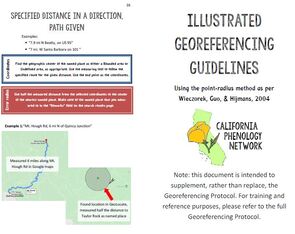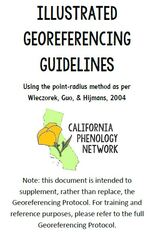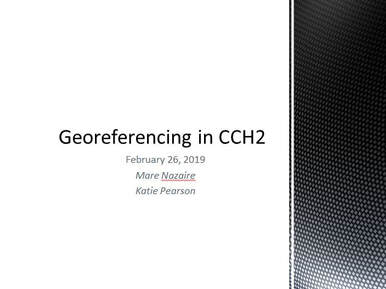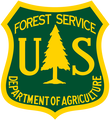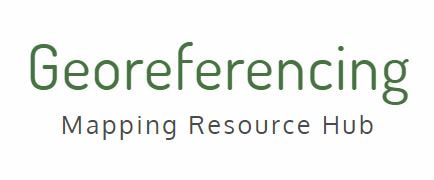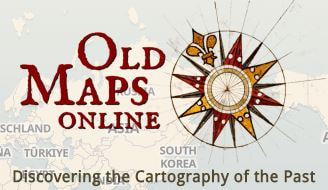CAP Georeferencing Protocols
|
Protocol for georeferencing individual specimen records (using the occurrence editor / data entry page in CCH2)
|
Make sure to visit our Georeferencing Training Course for further training and demonstration of using this protocol.
|
Batch georeferencing protocol (using the batch georeferencing tool)
|
|
Protocol for Georeferencing in a CoGe community
|
Illustrated Georeferencing Guide
Illustrated georeferencing guide
|
Illustrated georeferencing guide
|
Georeferencing WebinarThis webinar describes the concept and process of georeferencing and focuses on demonstrating georeferencing tools in the CAP data portal, CCH2 (cch2.org). We provide examples of how to georeference certain localities, and when not to georeference.
|
Georeferencing Resources
CalTopo: Integrated USGS maps, aerial photos, and other layers to facilitate location discovery |
US Forest Service Interactive Map: Visualize forest service (FS) roads, campground, and trails |
USGS Historical Topographic Map Explorer
|
Georeferencing.org: Conversion tools, maps, gazetteers, and more |
USGS Topo Map Locator: free GeoPDFs of topo maps of historic and modern U.S.A. |
Earth Point: Township Range Section Locator (Google Earth) |
Old Maps Online: Library of historical maps |
David Rumsey Historical Map CollectionIn particular, this State Highways of California, 1960 map is helpful:
|
Perry Castaneda Library: Historical map collection |
Other Georeferencing Guides & Protocols
Wieczorek et al. 2012. Georeferencing quick reference guide |
Georeferencing herbarium specimens using GeoLocate (iDigBio webinars) |
Wieczorek et al. 2004: Original description of point-radius method of georeferencing |
Florida State University collaborative georeferencing protocol |
MSU Herbarium georeferencing protocol |
Florida Museum georeferencing protocol |
